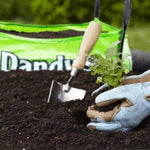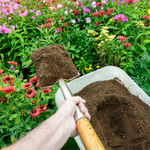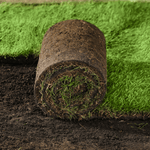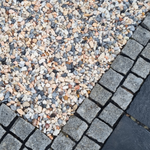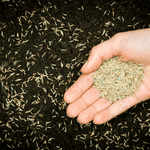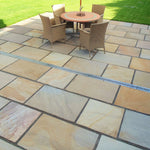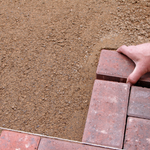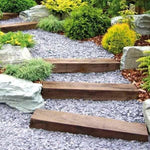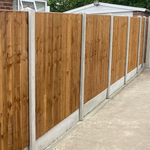How Rock Salt Works
If you live in an area of the UK which traditionally has cold and icy winters, you have probably experienced rock salt on pavements and roads, used to melt the ice and snow and keep it from refreezing. Rock salt is also used to make homemade ice cream! In both cases, the salt works by lowering the melting or freezing point of water. The effect is termed 'freezing point depression'.
If you live in an area of the UK which traditionally has cold and icy winters, you have probably experienced rock salt on pavements and roads, used to melt the ice and snow and keep it from refreezing. Rock salt is also used to make homemade ice cream! In both cases, the salt works by lowering the melting or freezing point of water. The effect is termed 'freezing point depression'.
How Freezing Point Depression Works
When you add rock salt to water, you introduce dissolved foreign particles into the water. The freezing point of water becomes lower as more particles are added until the point where the rock salt stops dissolving. For a solution of table salt (sodium chloride, NaCl) in water, this temperature is -21°C (-6°F) under controlled lab conditions. In the real world, on a real path or road, sodium chloride can melt ice only down to about -9°C (15°F).
Rock Salt Colligative Properties
Freezing point depression is a colligative property of water. A colligative property is one which depends on the number of particles in a substance. All liquid solvents with dissolved particles (solutes) demonstrate colligative properties. Other colligative properties include boiling point elevation, vapor pressure lowering, and osmotic pressure.
More Particles Mean More Melting Power
Sodium chloride isn't the only salt used for de-icing, nor is it necessarily the best choice. Sodium chloride dissolves into two types of particles: one sodium ion and one chloride ion per sodium chloride 'molecule'. A compound that yields more ions into a water solution would lower the freezing point of water more than salt. For example, calcium chloride (CaCl2) dissolves into three ions (one of calcium and two of chloride) and lowers the freezing point of water more than sodium chloride. Here are some other de-icing compounds:
Chemicals Used to Melt Snow and Ice
Ammonium sulfate (NH4)2SO4 -7°C
(20°F) Fertilizer Damages concrete
Calcium chloride CaCl2 -29°C
(-20°F) Melts ice faster than sodium chloride Attracts moisture, surfaces slippery below -18°C (0°F)
Calcium magnesium acetate (CMA) Calcium carbonate CaCO3, magnesium carbonate MgCO3, and acetic acid CH3COOH -9°C
(15°F) Safest for concrete & vegetation Works better to prevent re-icing than as ice remover
Magnesium chloride MgCl2 -15°C
(5°F) Melts ice faster than sodium chloride attracts moisture
Potassium acetate CH3COOK -9°C
(15°F) Biodegradable Corrosive
Potassium chloride KCl -7°C
(20°F) Fertilizer Damages concrete
Sodium chloride (rock salt, halite) NaCl -9°C
(15°F) Keeps sidewalks dry Corrosive, damages concrete & vegetation
Urea NH2CONH2 -7°C
(20°F) Fertilizer Agricultural grade is corrosive
At Dandys we retail and distribute a highways spec rock salt with a fast melting time which is suitable for pavements, car parks, paths and roads.

